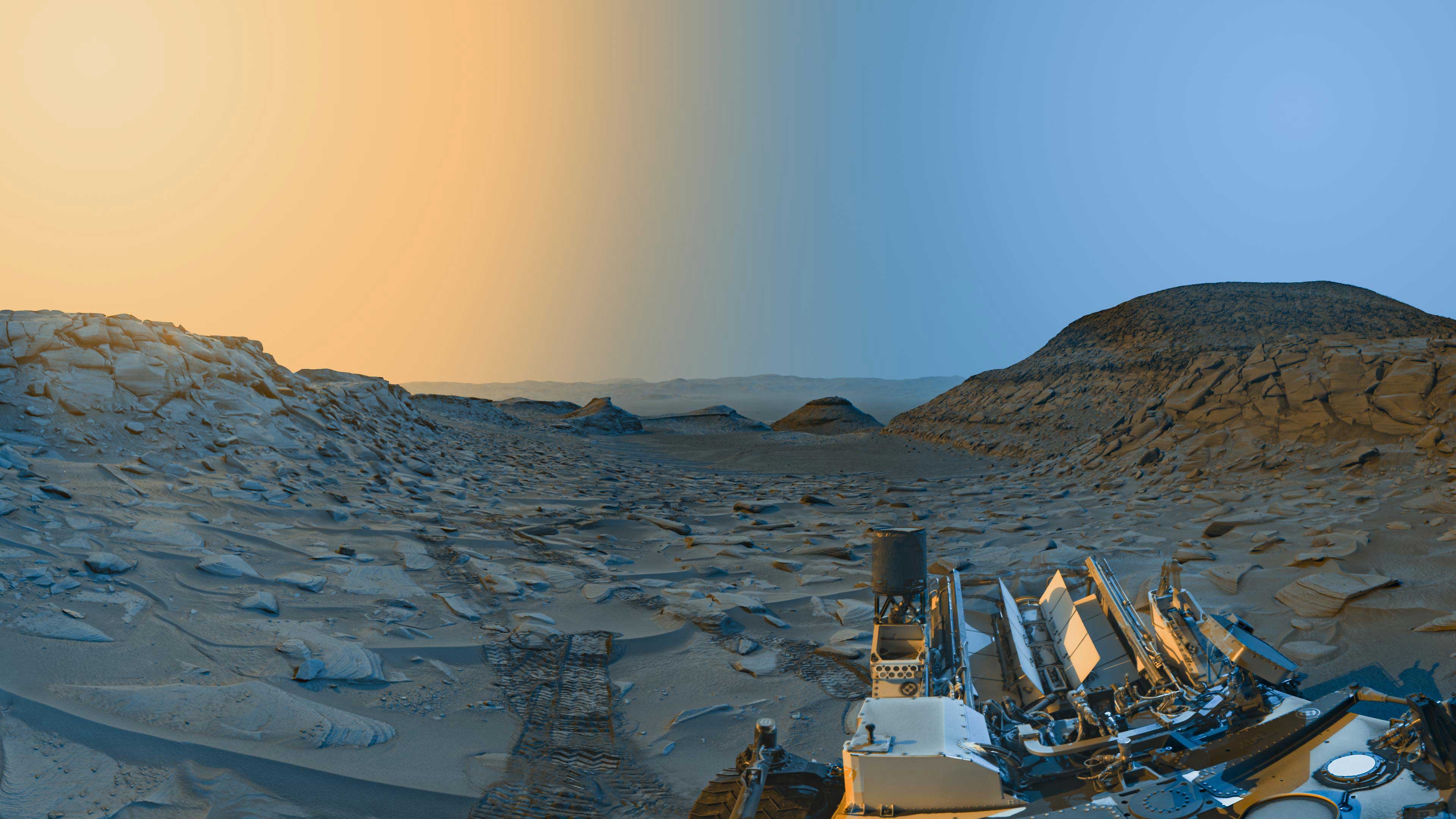4 min read
Cassini Significant Event Report
For Week Ending 07/14/00
The most recent spacecraft telemetry was acquired from the
Goldstone tracking station on Wednesday, 07/12. The Cassini spacecraft is
in an excellent state of health and is operating normally. The speed of the spacecraft can be viewed on the "Where is Cassini Now?" web page.
Activities for the C20 sequence included a reload of the Quiet Test Instrument
Expanded Blocks (IEB) for the Imaging Science Subsystem (ISS), real-time
commanding to change the thresholds for the Cosmic Dust Analyzer (CDA),
uplink and execution of an absolute timed mini-sequence to power on
Cassini Plasma Spectrometer (CAPS) electronics, clearing of the Attitude
and Articulation Control Subsystem (AACS) High-water Marks, a Reaction
Wheel Assembly momentum unload, powering off of the Radio Science Ka
transmitter, reset of the Fault Protection Log Pointer, and a Flight
Software Memory Load Partition Repair. After the last activity, C20
deregistered on board the spacecraft.
A final Sequence Approval Meeting was held this week for the C21
sequence. Following this, the sequence was uplinked and activated on
board the spacecraft. Activities this week include load of Radio and
Plasma Wave Science (RPWS) IEBs and RPWS memory clear, updates to AACS off
Sun constraints, reaction wheel rates and acceleration, a reaction wheel
momentum unload, clearing of AACS high water marks, and the start of the
Magnetospheric Imaging Instrument (MIMI) functional test.
The Subsequence Generation Phase Sequence Change Request (SSG SCR)
Approval Meeting was held this week for the C22 sequence.
The Spacecraft Office (SCO) held a delta flight software readiness review
in preparation for the uplink of the V7 version of the Command Data System
(CDS) flight software. Progress to date has been on schedule as have been
all required activities for a successful uplink and checkout beginning in
late July. The review identified some additional tasks that will be
easily accommodated in the time remaining.
The Satellite Orbiter Science Team met to discuss science plans for the
targeted icy satellite flybys during Saturn tour. They are working to
develop a plan for the closest-approach period during flybys of Enceladus
(3 times), Dione, Rhea, Iapetus, and Hyperion, as well as Phoebe (which
occurs before Saturn Orbit Insertion in 2004). The team has decided to
meet again in September to continue discussions.
The Cassini Mission Plan has been updated to reflect plans for the Jupiter
encounter late this year. An electronic copy of the new version "L" was
posted on the Cassini Electronic Library (CEL), and hardcopies are being
delivered to designated prime recipients.
The Orbiter Cruise Activity Handbook (OCAH) has been officially retired as
a result of the implementation of an electronic means of tracking activity
requests. Activities listed that were not fully completed by the
designated date have been carried over to Appendix "O" in the Mission
Plan. The final version of the OCAH will remain on the CEL as an
historical reference.
Cassini Outreach gave a summary of the program and presented classroom
activities to twenty-four kindergarten through sixth grade teachers and an
administrator at a NASA Educator Workshop, and are participating in a one
week JPL display at the World Stamp Expo in Anaheim. Over 100,000
attendees are expected.
Additional information about Cassini-Huygens is online at http://saturn.jpl.nasa.gov.
Cassini will begin orbiting Saturn on July 1, 2004, and release its piggybacked Huygens probe about six months later for descent through the thick atmosphere of the moon Titan. Cassini-Huygens is a cooperative mission of NASA, the European Space Agency and the Italian Space Agency. JPL, a division of the California Institute of Technology in Pasadena, manages the mission for NASA's Office of Space Science, Washington, D.C.
Media Relations Office
Jet Propulsion Laboratory
California Institute of
Technology
National Aeronautics and Space
Administration
Pasadena, Calif. 91109.
Telephone (818) 354-5011







